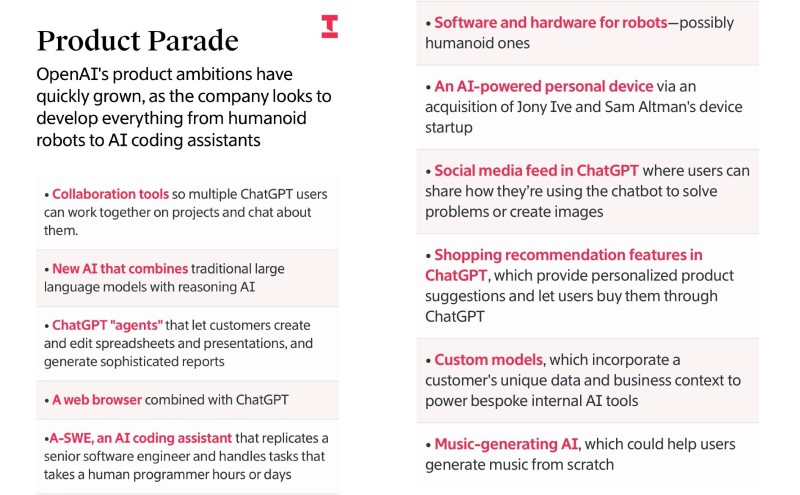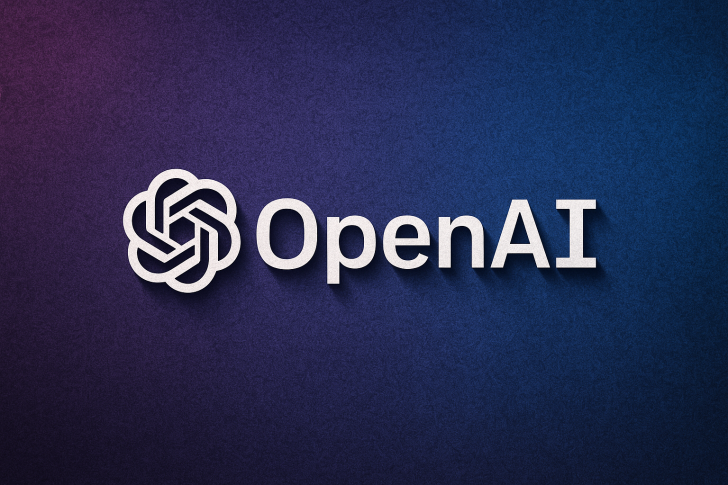The era of single-purpose AI is ending, and OpenAI is driving that shift. The company, which now serves nearly a billion users, is building a sprawling AI ecosystem that reaches into productivity, creativity, hardware, and robotics. What started as a chatbot has evolved into something much bigger — a multi-layered platform that's starting to look less like a product and more like an operating system for how we'll interact with technology.
A Growing AI Ecosystem Beyond ChatGPT
AI analyst and trader Deedy recently shared insights into OpenAI's expanding product lineup, revealing ambitions that go far beyond conversation. The company is developing collaboration tools that let multiple ChatGPT users work together in shared spaces, enabling real-time brainstorming, planning, and document editing without ever leaving the chat interface.

OpenAI is also working on a hybrid AI model that combines reasoning with language processing, aiming to make ChatGPT not just conversational but genuinely logical. Along with that comes the development of autonomous agents — AI assistants that can independently create spreadsheets, build presentations, and draft business reports. There's even a web browser in the works, fully integrated with ChatGPT, so users can search, analyze, and take action on live data all from one place.
AI That Codes, Thinks, and Personalizes
One standout project is A-SWE, an AI coding assistant designed to work at the level of a senior software engineer. It can tackle complex programming tasks and automate workflows that would normally take developers hours. For businesses, OpenAI plans to offer custom AI models trained on company-specific data, allowing enterprises to build their own private, domain-focused GPT systems. On the consumer side, ChatGPT is gaining shopping features — users will soon be able to browse products, get recommendations, and make purchases directly in the chat, signaling OpenAI's interest in e-commerce.
Hardware, Robots, and Creative AI
OpenAI isn't stopping at software. The company is reportedly building both the software and hardware for robots, possibly humanoid ones, blending AI reasoning with physical mobility. There's also an AI-powered personal device in development, tied to a collaboration between Sam Altman and designer Jony Ive, aimed at embedding conversational AI into everyday life through sleek, user-friendly hardware.
To make the platform more social, OpenAI is testing a community feed inside ChatGPT where users can share creative uses, problem-solving strategies, and projects. And in a move that could shake up the music industry, the company is experimenting with AI that generates original songs and soundtracks from scratch.
The Bigger Picture
What we're seeing is OpenAI transforming from an AI research lab into something closer to a full-scale technology platform. The strategy mirrors what Google and Facebook did in their early days: build distribution first, then innovate everywhere at once. With Sam Altman at the helm, OpenAI isn't just advancing AI research — it's redefining how humans will work, create, and live alongside intelligent systems. The chatbot was just the beginning.
 Peter Smith
Peter Smith

 Peter Smith
Peter Smith


